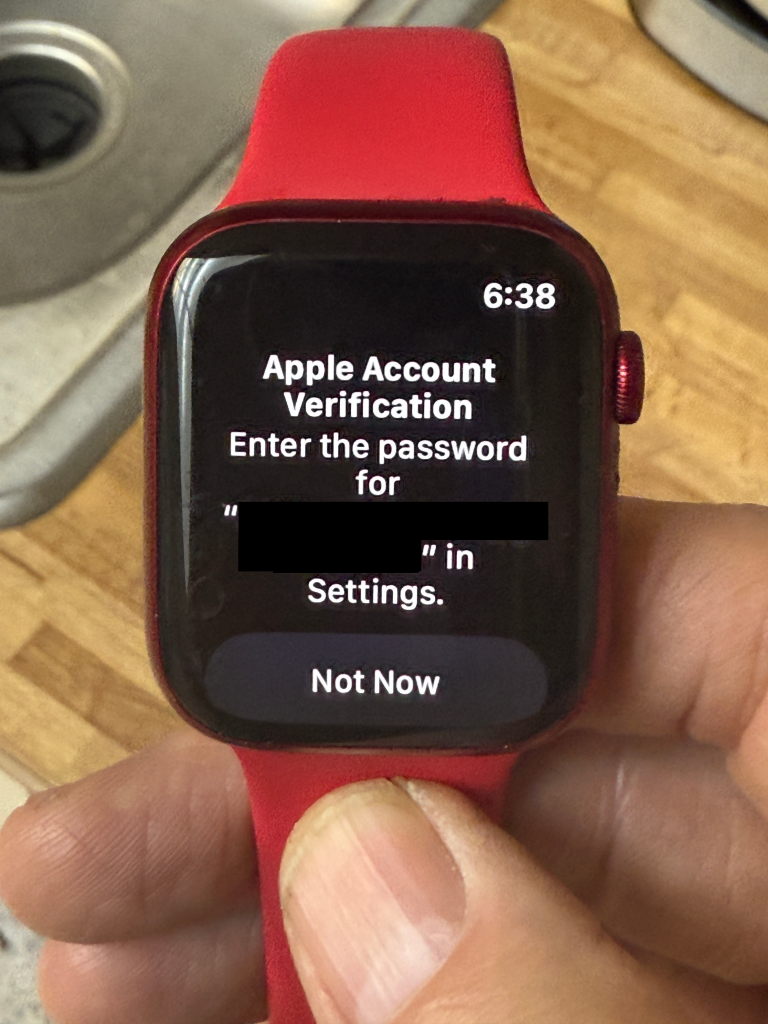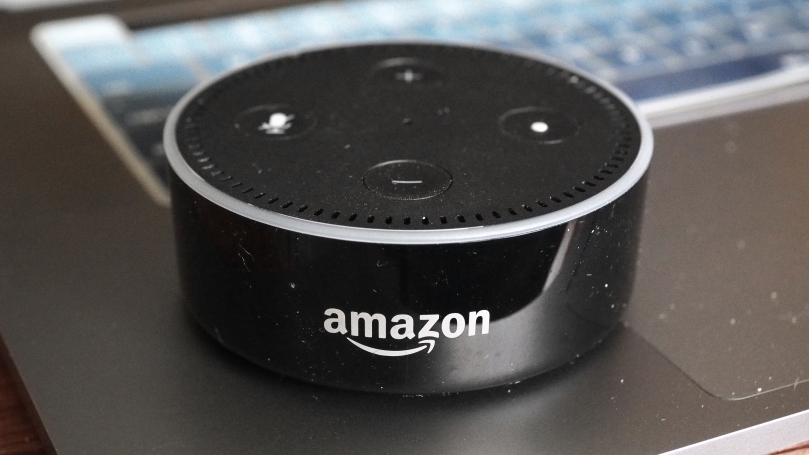This is my Apple Watch Series 7. I purchased this fine instrument back in mid-2022 when Amazon was having a mid-year Black Friday style sale, and the Series 7 was being heavily discounted. My watch at that time was a Series 3, and even though it was the stainless steel bodied version with a whopping 16 MiB of internal storage (due to its ability to connect to a wireless network like my iPhone), it was beginning to show its age, and there was the threat that it wouldn’t get another major watchOS update past 2022. So I decided to take the hint and get the Series 7, even though the Series 3 was still perfectly usable.
This, of course, was my undoing in 2022. No sooner had the Series 7 gone on my wrist than Apple announced the Series 8, and some new features that would only be available on the Series 8 and later. I was unhappy, like I’d been unhappy when Apple released a version of iOS that would perform face recognition while wearing a mask with the iPhone 12 and later, but not with my iPhone 11 Pro Max at that time. This is how Apple rolls, and this is how Apple tempts their users of current and perfectly functional devices to drop more cash and stay on the upgrade treadmill. But I digress…
But wait, you ask. Didn’t I write about going back to my Citizen electro-mechanical watch over my Apple Watch? I did, but I’ve been using my Apple Watch to track a number of health metrics after I had my left knee replaced. Metrics such as number of steps/day, heart beat, blood oxygen levels, walking distance, total time exercise, total time spent outside in the sun, balance, etc, etc. All the metrics are good and getting better over time, since I started the measurements mid-July of 2024. I share my metrics with a number of my doctors. I’d rather be doing all of that, than popping some more questionable prescription meds.
I have no idea exactly when my Apple Watch starting to ask for account verification, except it was during a flurry of Apple software updates earlier this year. I’ve been having to deal with this, every morning, since about February or there abouts. Fortunately I had enough presence of mind this morning to grab a photo with my iPhone before I tapped the “Not Now” button to dismiss it. The Apple Watch 7 is still associated with my iPhone and I still get phone calls and haptic pings from my iPhone, as well as having my walking and exercise information being sent to my Health app on my iPhone. And if you think it’s a simple matter to type in a long password on the Apple Watch’s piss-ant tiny keyboard, without any visual feedback (i.e. seeing the password in plain text while you type it in), they you either don’t own one of these, or you’re just out of your pea-pickin’ mind.
This is what drives me crazy about Apple. Decisions Are Acted Upon and Software Changes Are Made and then buried in the release notes, with Dire Consequences for those trying to use these devices. I would have assumed that mere Bluetooth association from the iPhone I own and have to log into would take care of anything requiring security credentials for the devices to securely communicate, but oh no! In any event nothing is broken if I just tap “Not Now” and it only takes a second to tap that dismissal.
Which brings me up to password management in general. With the latest release of software, Apple split out password management from System Settings into its own Password app. Why is this a problem? Because there is no good way to update passwords within the app. I updated my Amazon password to something a lot stronger than what I had been using through the web interface. Unfortunately I use Vivaldi, and even though Vivaldi picked up the password update, Apple’s Password app did not. When I tried to update a password directly in Password, it wants to send me back to the website to change my password yet again, even though I’ve already changed it. What I was expecting was a simple dialog to appear and I would type in or copy the new password and then save that. Something simple.
Like I said Vivaldi knows, and fortunately for me I also maintain on my computer a file with up-to-date login information that I reference when I need to log in yet again, such as when for whatever reason the login credentials expire. As time goes along I wind up slowly changing a password here or there, and Passwords doesn’t pick up the changes, going further and further out of date as more passwords are changed. For managing something so critical as passwords, Apple’s Password app, and general password management, are worthless.



You must be logged in to post a comment.